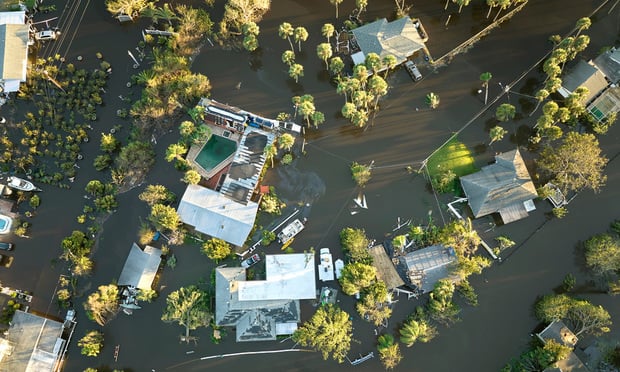An agent's perspective
Tom Fallon, senior vice president of Bollinger, Inc, Short Hills, N.J., has been insuring child care centers since the 1980s. He stresses the importance of maintaining key coverages for child care clients, including sexual abuse and molestation coverage. "Many insurers provide this coverage with defense cost outside the limits as an endorsement to the general liability policy," he said. "This should be sought on every child care center insurance policy."
A frequently overlooked area is contents coverage. "A child care center should not only know building values for insurance purposes, but they should know what they have in contents and the current replacement values to establish limits," Fallon said. "Centers need to pay particular attention to business interruption insurance values to avoid losing teachers and revenue in the event of a property loss."
As part of their overall risk management plan, Fallon recommends child care centers develop and maintain a disaster recovery plan, including the use of temporary facilities to try and maintain business operations if necessary.
Liability and lawsuits
Understanding the frequency of liability incidents and lawsuits is an important component in managing the insurance and loss control program. The top child care losses based on frequency and lawsuit allegations are falls, slip and fall/trip and fall, sexual and physical abuse and bumping by other children.
Prevention begins with designing and furnishing centers to promote supervision and safety, taking special care with windows, doors, stoves/microwaves and electrical sockets and cords. Furnishings should be stable with few moving parts and large openings to avoid entrapments.
Designing safe play areas
Facilities must comply with state and federal regulations to obtain and retain licensure following jurisdiction-specific statutes and regulatory survey requirements. Playgrounds should be designed and equipped to match children's ages and abilities. Centers should also:
- Ensure outdoor play areas are accessible, close to phones and drinking water.
- Use fences, gates and natural barriers to prevent wandering and keep out intruders.
- Ensure proper drainage to eliminate standing water.
- Locate moving playground equipment like swings away from walking paths to avoid collisions.
- Separate children of different ages and abilities.
Transportation guidelines
Whether child care centers transport children daily or occasionally, there are key guidelines for transporting children safely:
- Never leave children unattended in a vehicle.
- Maintain appropriate staff to child ratios on all trips.
- Ensure vehicle drivers are licensed and conduct yearly DMV checks.
- Train drivers to transport young children, including those with disabilities.
- Ensure the proper utilization of child passenger restraint systems.
- Remove responsibility for passenger supervision from the driver.
- Train drivers to drive defensively and handle emergency situations.
- Ensure vehicles are properly maintained and repaired.
- Equip vehicles with first aid kits and fire extinguishers.
- Teach children how to safely enter and exit the vehicles.
- Adopt a strict policy to account for each child when they enter and exit vehicles.
- Ensure an adult escorts children when they cross traffic.
Selecting and training the staff
Selecting staff, substitutes and volunteers requires a comprehensive hiring and training system.. Safety policies must be concise, clear, written and enforceable. They must describe the center's rules regarding health, safety, hiring, supervision, training, transportation and emergency planning.
Hiring practices should include authorized criminal, credit and motor vehicle background checks. Written job descriptions must clearly address health and safety issues. New hires should undergo program orientation, including a review of policies and regular in-service staff development.
Keeping clear, accurate, confidential health and safety records is an essential component of a child care operator's responsibilities. Only authorized personnel should have access to these records. Records of child allergies and medication administration and authorization forms should be a part of this record keeping. A center also must maintain emergency phone contacts close at hand, and use injury report forms to keep records of incidents.
As a trusted insurance professional, agents can work with their insurers and child-care center customers to provide coverage for these exposures and provide loss control to minimize risk.
Want to continue reading?
Become a Free PropertyCasualty360 Digital Reader
Your access to unlimited PropertyCasualty360 content isn’t changing.
Once you are an ALM digital member, you’ll receive:
- Breaking insurance news and analysis, on-site and via our newsletters and custom alerts
- Weekly Insurance Speak podcast featuring exclusive interviews with industry leaders
- Educational webcasts, white papers, and ebooks from industry thought leaders
- Critical converage of the employee benefits and financial advisory markets on our other ALM sites, BenefitsPRO and ThinkAdvisor
Already have an account? Sign In Now
© 2024 ALM Global, LLC, All Rights Reserved. Request academic re-use from www.copyright.com. All other uses, submit a request to [email protected]. For more information visit Asset & Logo Licensing.








